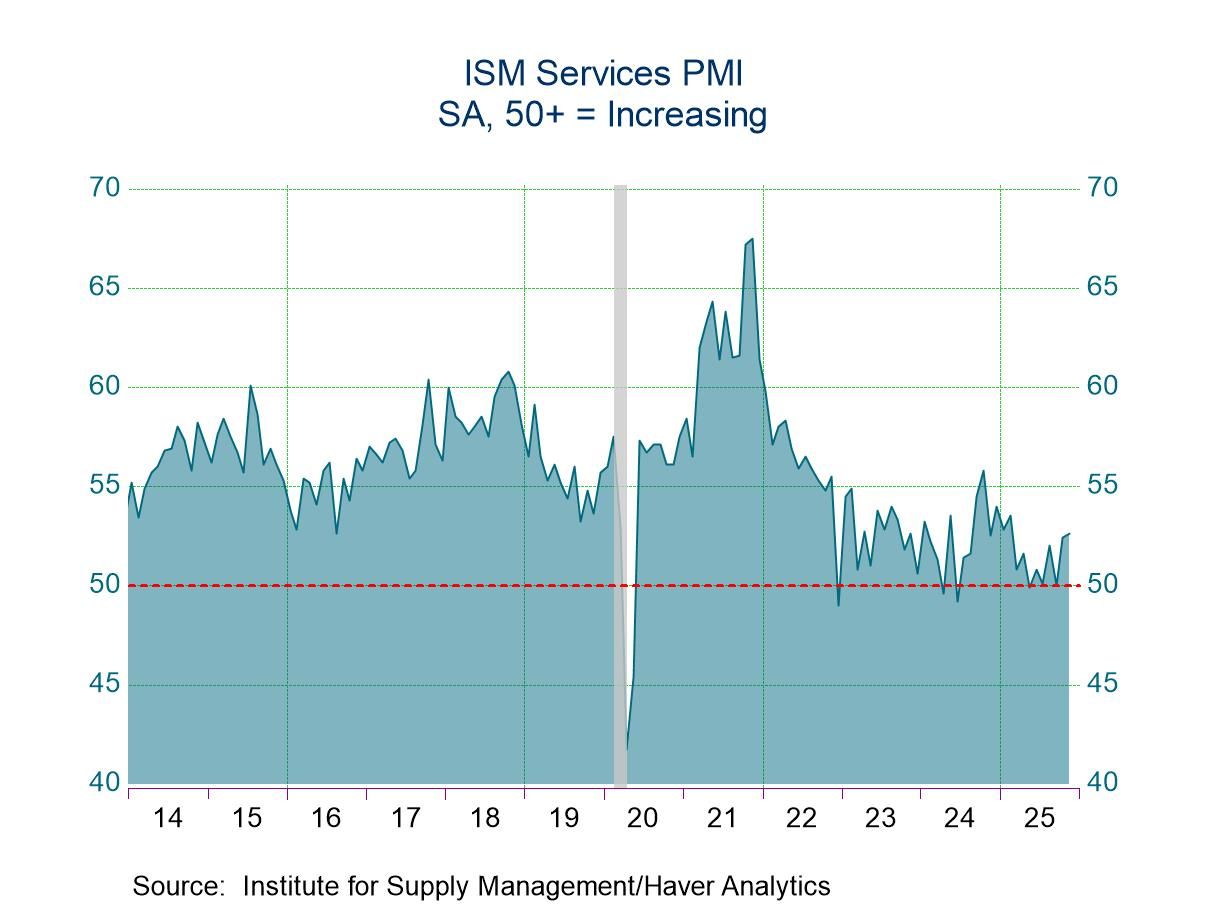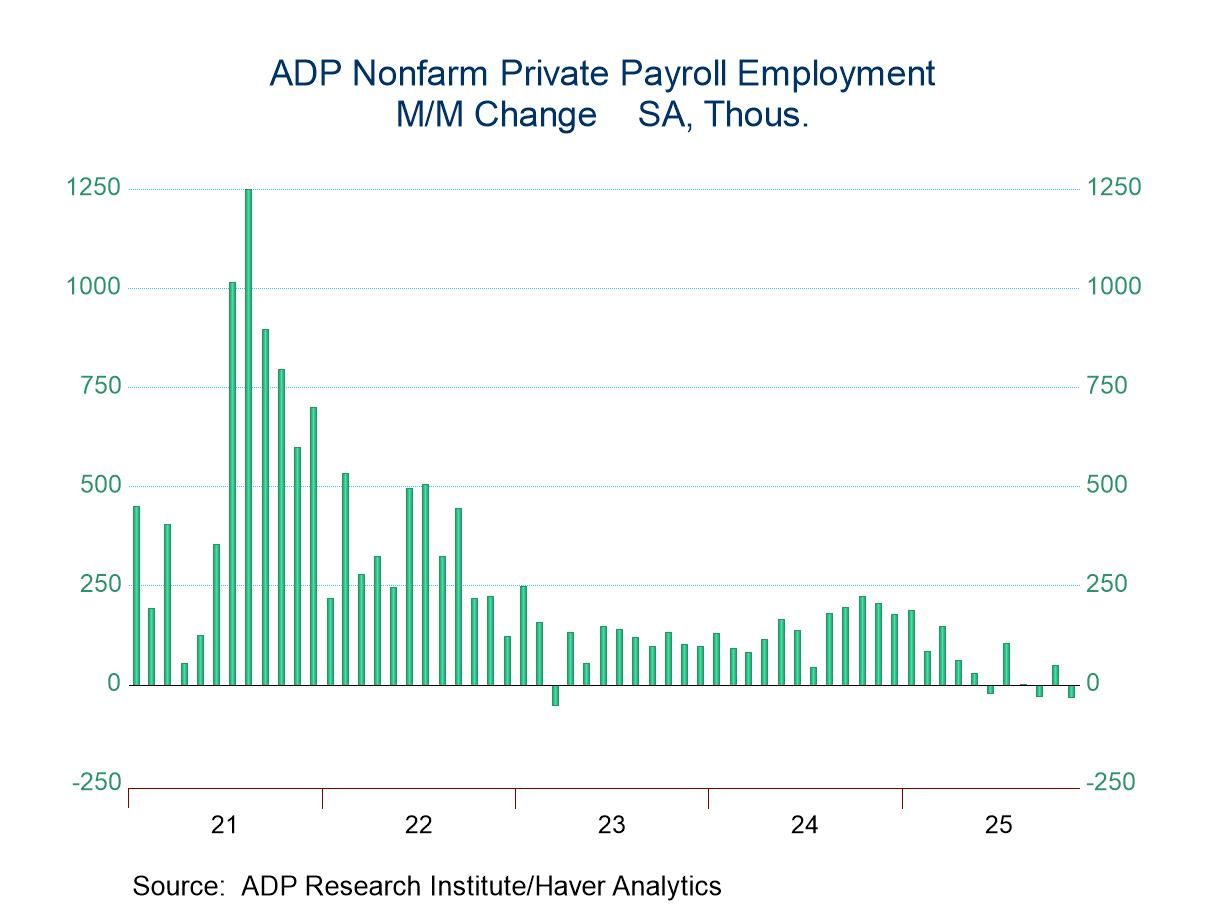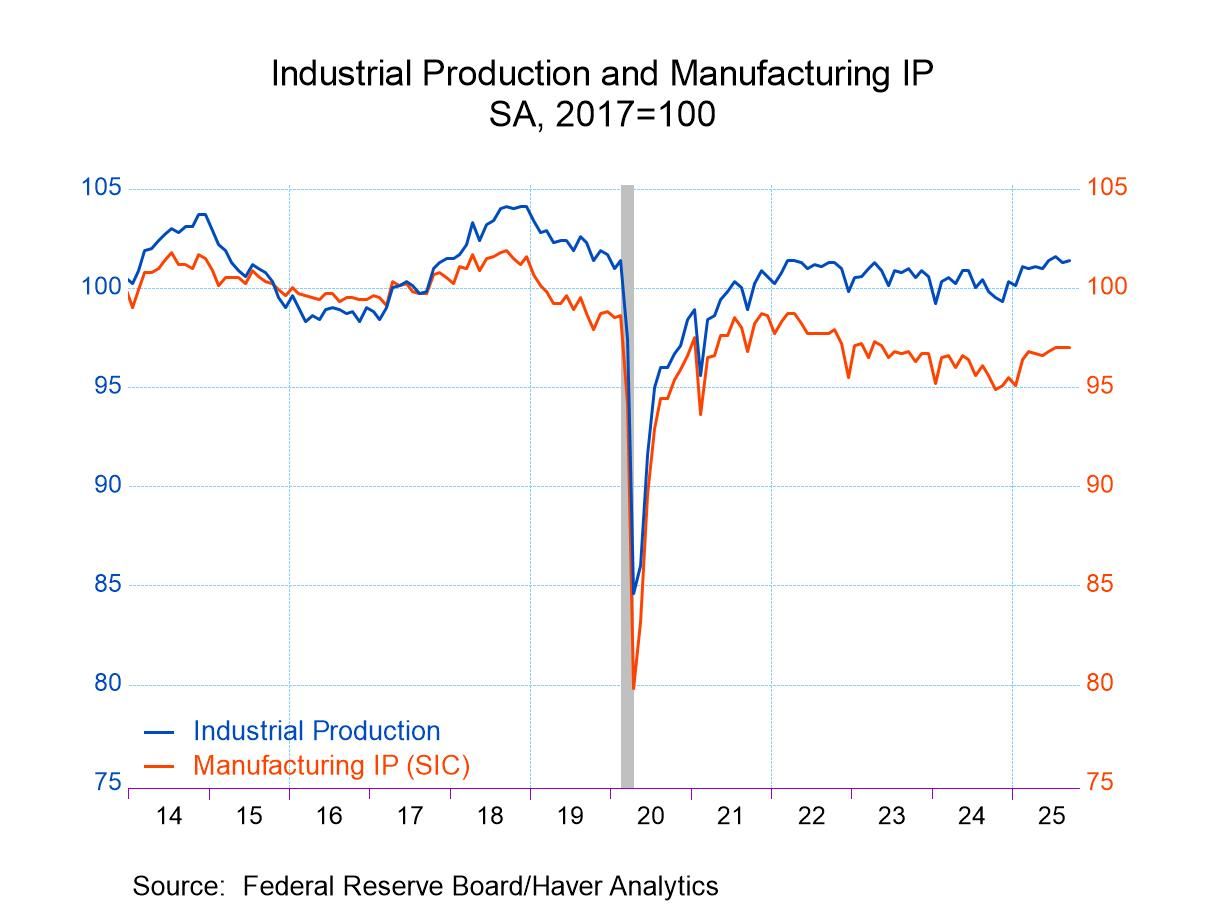 Asia| Jun 23 2025
Asia| Jun 23 2025Economic Letter from Asia: Maintaining Currency
In this week’s letter, we analyse the performance of Asian currencies so far this year. While US dollar weakness has broadly supported regional currencies, economy-specific factors have driven significant divergence (chart 1). Advanced Asian currencies—such as the Taiwan dollar, Japanese yen, South Korean won, and Singapore dollar—have outperformed, not simply due to their advanced status but because of unique domestic drivers. Conversely, currencies like the Vietnamese dong, Indian rupee, Indonesian rupiah, and Chinese yuan have lagged, reflecting country-specific challenges.
Trade exposure has been a key influence on currency movements. The wave of US tariffs has spotlighted economies’ links to the US, making export-reliant nations more vulnerable to downside risks (chart 2). Vietnam’s high exposure to US exports helps explain its currency weakness, while India remains relatively insulated overall despite significant US trade ties. Markets remain cautious as the US 90-day tariff pause nears expiry.
Investor growth outlooks have also shaped currency trends. Taiwan’s 2025 GDP forecasts were upgraded after strong Q1 data, helping explain some currency divergence (chart 3), though growth alone does not fully determine currency strength. Monetary policy developments matter too. Most Asian central banks have held or cut rates this year, except the Bank of Japan, which has tightened policy, supporting the yen (chart 4). India’s rate cuts narrowed its interest rate differentials, pressuring the rupee, while Vietnam and Taiwan saw currency moves despite steady policies, underscoring other influences.
Policy uncertainty and geopolitical risks have also remained critical. South Korea’s political instability eased after recent elections, boosting sentiment (chart 5). India has faced challenges from Middle East tensions and resulting energy price pressures. Our Asia Currency Scorecard (chart 6) summarises these dynamics: the Taiwan dollar leads on growth optimism, the Japanese yen benefits from tighter monetary policy, and the South Korean won from reduced uncertainty. In contrast, the Vietnamese dong struggles with trade exposure, the Indian rupee is weighed down by rate cuts and geopolitical risks, and the Indonesian rupiah faces pressure from past policy uncertainty and recent easing.
Asia’s currency performance The performance of Asian currencies so far this year has been mixed. A common tailwind has been the weakness of the US dollar, which has provided some support to regional currencies. However, individual economy-specific factors have driven significant divergence in overall performance. On balance, advanced Asian currencies—such as the Taiwan dollar, Japanese yen, South Korean won, and Singapore dollar—have led the pack, recording the strongest year-to-date gains on a nominal effective exchange rate (NEER) basis, as shown in chart 1. That said, their outperformance is not due to their status as advanced economies, but rather to distinct, economy-specific factors, which we will explore further. Conversely, currencies such as the Vietnamese dong, Indian rupee, Indonesian rupiah, and Chinese yuan have been among the weakest performers in NEER terms. As with the top performers, their relative weakness also stems from country-specific factors.
Chart 1: Asia’s year-to-date currency performance

Asia’s trade exposures One of the key drivers of Asian currency movements this year has been trade exposure. US President Trump’s wave of tariff actions has brought economies’ trade links with the US into sharp focus, elevating concerns around tariff-related risks. Ironically, unlike the typical vulnerabilities associated with twin deficits—where economies running both fiscal and current account deficits are exposed due to their reliance on foreign capital—it is now export-reliant economies, which usually run current account surpluses, that have become more vulnerable to currency downside risks. This shift highlights how external demand shocks can undermine even traditionally resilient trade-surplus economies.
As shown in chart 2, several economies stand out—particularly Vietnam—due to their high exposure to US-bound exports and heavy export dependence in general. These factors may help explain the Vietnamese dong’s marked underperformance so far this year. By contrast, India appears relatively insulated from overall export reliance, although its trade exposure to the US remains notable, with the US being its largest export destination. Broadly, exposure to US imports reflects first-round effects of tariffs, as such measures directly impact shipments to the US. Meanwhile, broader export dependence, including to non-US destinations, is more vulnerable to second-round effects, such as weakened global trade and demand. Looking ahead, markets remain watchful as President Trump’s 90-day pause on his “Liberation Day” tariffs nears its end.
Chart 2: Trade exposures in the Asia Pacific

Investors’ growth outlook for Asia Shifting beyond trade and into broader growth dynamics, another factor influencing Asia’s currency performance this year is investor perception of each economy’s GDP outlook—a more comprehensive measure of economic health. As shown in chart 3, panelists in our Blue Chip survey have made varied revisions to their 2025 real GDP growth forecasts for Asian economies. Taiwan, for instance, has seen a significant upgrade, partly due to its stronger-than-expected Q1 GDP results. In contrast, growth forecasts for economies such as South Korea have been sharply downgraded. These forecast revisions align, to some extent, with the year-to-date currency performance discussed earlier—suggesting that shifts in growth expectations may help explain some of the divergence in currency trends. That said, it's important to note that economic growth prospects do not always translate directly into currency strength. Other factors, such as monetary policy—which we will explore later—also play a critical role.
Chart 3: Blue Chip 2025 real GDP forecasts for Asian economies

Monetary policy and interest rate developments Turning to monetary policy, chart 4 shows that most Asian central banks have either held policy rates steady or implemented rate cuts this year. The exception is Japan, where its central bank (BoJ) has continued its gradual monetary policy normalization by tightening policy. This shift, together with a moderate rise in Japanese yields, has provided support for the yen. As a result, it stands out as one of Asia’s best-performing currencies so far this year—especially when compared to peers whose central banks have been cutting rates or holding steady. On the other end of the spectrum is India, where the central bank has already delivered 100 basis points of rate cuts alongside other easing measures. This has significantly reduced India’s interest rate differential with regional peers and placed downward pressure on the Indian rupee. Broadly speaking, there is a moderate positive relationship between changes in central bank policy rates and movements in 10-year government bond yields. However, some exceptions remain. For instance, Vietnam and Taiwan have yet to adjust policy rates this year, but have experienced significant currency movements—highlighting the influence of other, economy-specific drivers discussed earlier.
Chart 4: Asia and US rate developments

Risks and uncertainty We now turn to a more intangible but impactful factor: policy uncertainty and perceptions of geopolitical risk, which have arguably been key drivers of certain Asian currencies. Starting with South Korea, the country has faced persistent policy uncertainty following former President Yoon’s dramatic declaration of martial law last year and his subsequent impeachment. This triggered a prolonged period of political instability. However, much of that uncertainty has since eased after the recent presidential election, which saw Democratic Party candidate Lee Jae-myung secure nearly 50% of the vote. Investors are now hopeful that the installation of a new administration will bring a return to political normalcy. As a result, indicators of economic policy uncertainty for South Korea—such as the one shown in chart 5—may begin to decline in the coming months, barring any new shocks. In India’s case, geopolitical developments have also played a role. The country has been affected both directly and indirectly—ranging from the recently defused military clash with Pakistan to renewed tensions in the Middle East. The latter poses a potential drag on India’s growth prospects through rising oil prices, given its heavy reliance on energy imports.
Chart 5: Uncertainty and risk gauges for South Korea and India

Asia’s currency scorecard Bringing it all together, we see in chart 6 an Asia currency scorecard—an overview of the myriad drivers behind currency performance in the region that we have discussed above. At the top is the Taiwan dollar, leading the Asian currency pack year-to-date, buoyed by optimism around Taiwan’s economic growth and a strong Q1 GDP outturn. Lingering positive sentiment toward key industries, such as AI-dependent semiconductors, has also supported its performance. Next is the Japanese yen, benefiting from improved rate differentials as the BoJ tightened policy while other central banks have either paused or moved toward easing. Following that is the South Korean won, which has gained from reduced policy uncertainty after South Korea’s recent elections—though this relief has yet to be reflected in policy uncertainty indicators.
At the other end of the spectrum, the Vietnamese dong trails the Asian currency pack, likely due to its substantial exposure to US and global trade. This makes it particularly vulnerable to renewed US trade action, especially with the expiry of US President Trump’s 90-day tariff pause looming. Also underperforming, though to a lesser extent, is the Indian rupee, pressured by narrowing interest rate differentials as the RBI cut rates this year. Additional pressure has emerged from external vulnerabilities, including India’s significant trade exposure to the US and recent flare-ups in Middle East tensions between Israel, Iran, and the US, which threaten to push oil prices higher. The Indonesian rupiah has also been under pressure, weighed down by a combination of economic policy uncertainty and narrowing interest rate differentials.
Chart 6: Asia currency performance scorecard

Tian Yong Woon
AuthorMore in Author Profile »Tian Yong joined Haver Analytics as an Economist in 2023. Previously, Tian Yong worked as an Economist with Deutsche Bank, covering Emerging Asian economies while also writing on thematic issues within the broader Asia region. Prior to his work with Deutsche Bank, he worked as an Economic Analyst with the International Monetary Fund, where he contributed to Article IV consultations with Singapore and Malaysia, and to the regular surveillance of financial stability issues in the Asia Pacific region.
Tian Yong holds a Master of Science in Quantitative Finance from the Singapore Management University, and a Bachelor of Science in Banking and Finance from the University of London.






